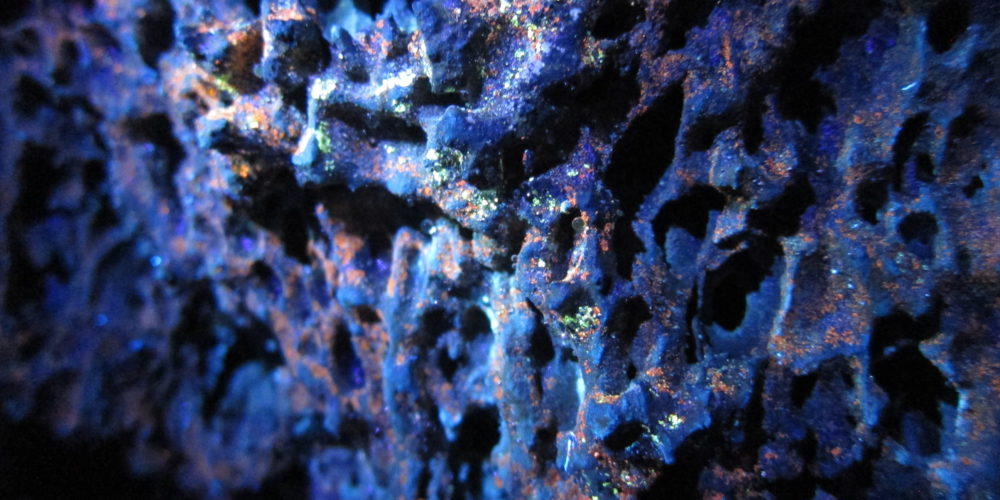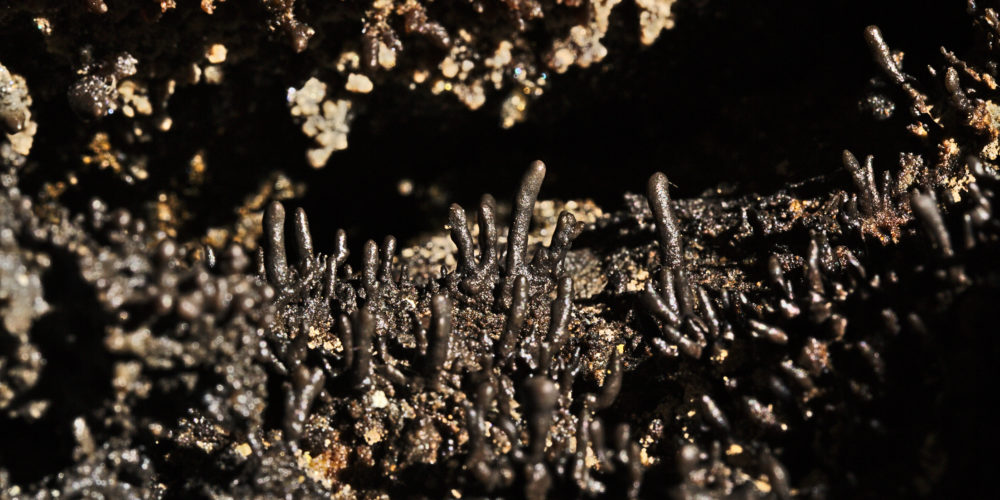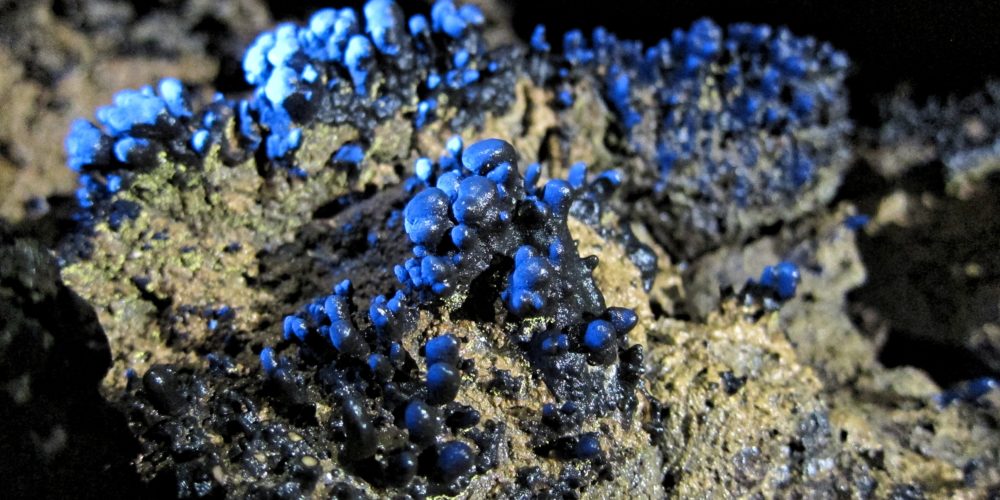Microbiologists study microscopic organisms including fungi and bacteria, otherwise known as microbes. These microbes can survive in extreme conditions, similar to those on Mars.
Though Mars’ atmosphere could once support the presence of water, its climate has drastically changed, leaving its surface barren. The cause of this shift is largely unknown, though scientists have hypothesized Mars’ lack of a protective magnetic field is to blame. Earth’s atmosphere is preserved by its magnetic field, generated by movement of liquid iron within the Earth’s core. Without a similar magnetic field, Mars’ atmosphere was depleted by solar winds. Today, Mars’ climate is much colder than the Earth, with low levels of oxygen.
In 2011, a group of scientists sponsored by NASA tested microbes found in an Oregon lava tube. Through these tests, the researchers discovered microbes could fare Mars’ harsh conditions. When in freezing temperatures and starved of oxygen, microbes can use the iron present in olivine, a mineral found in lava tubes, as a primary source of energy.
With this revelation, the BRAILLE team hypothesized that evidence of similar microbe communities could exist on Mars. Satellites have detected the existence of lava tubes on both Mars and the moon, and there is a possibility microbes have lived within them. If proof of microbes is found, this will affirm the long held question of whether Mars has ever supported life.
By testing a rover at LABE, the BRAILLE team is generating a data source to identify microbes in low light environments. If lava tubes on Mars are searched in the future, findings could be compared to BRAILLE team research.
References:
Radu Popa, Amy R. Smith, Rodica Popa, Jane Boone, Martin Fisk. Olivine-Respiring Bacteria Isolated from the Rock-Ice Interface in a Lava-Tube Cave, a Mars Analog Environment. Astrobiology, 2011; 111214063927003 DOI: 10.1089/ast.2011.0639
Mars Lava Tube Image: ESA/DLR/FU Berlin/G Neukum



